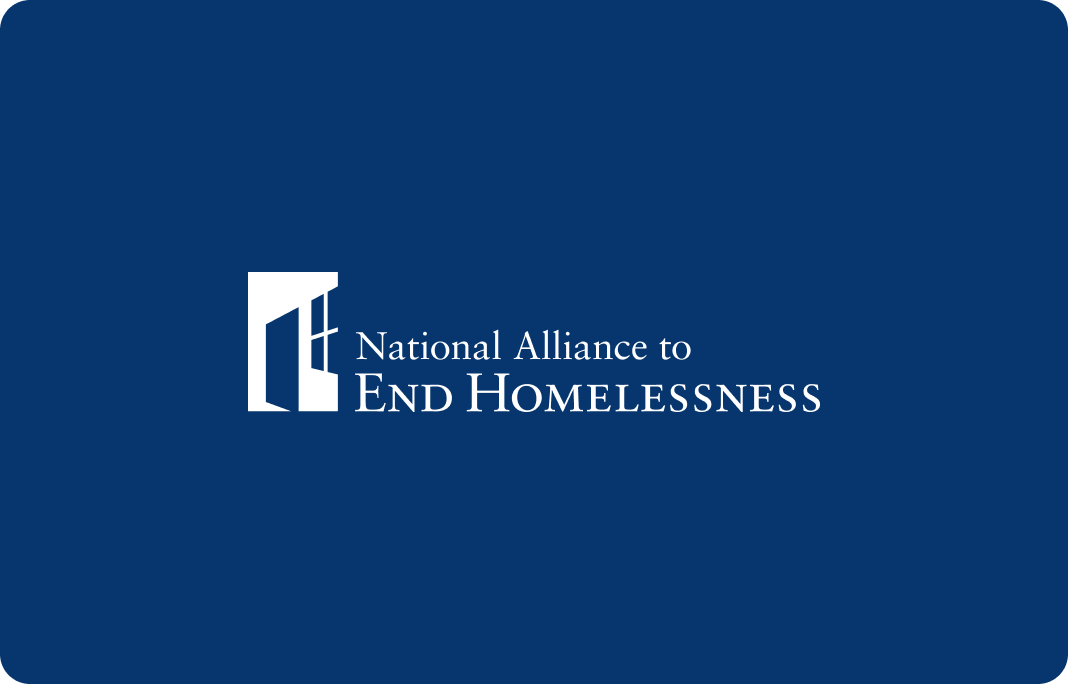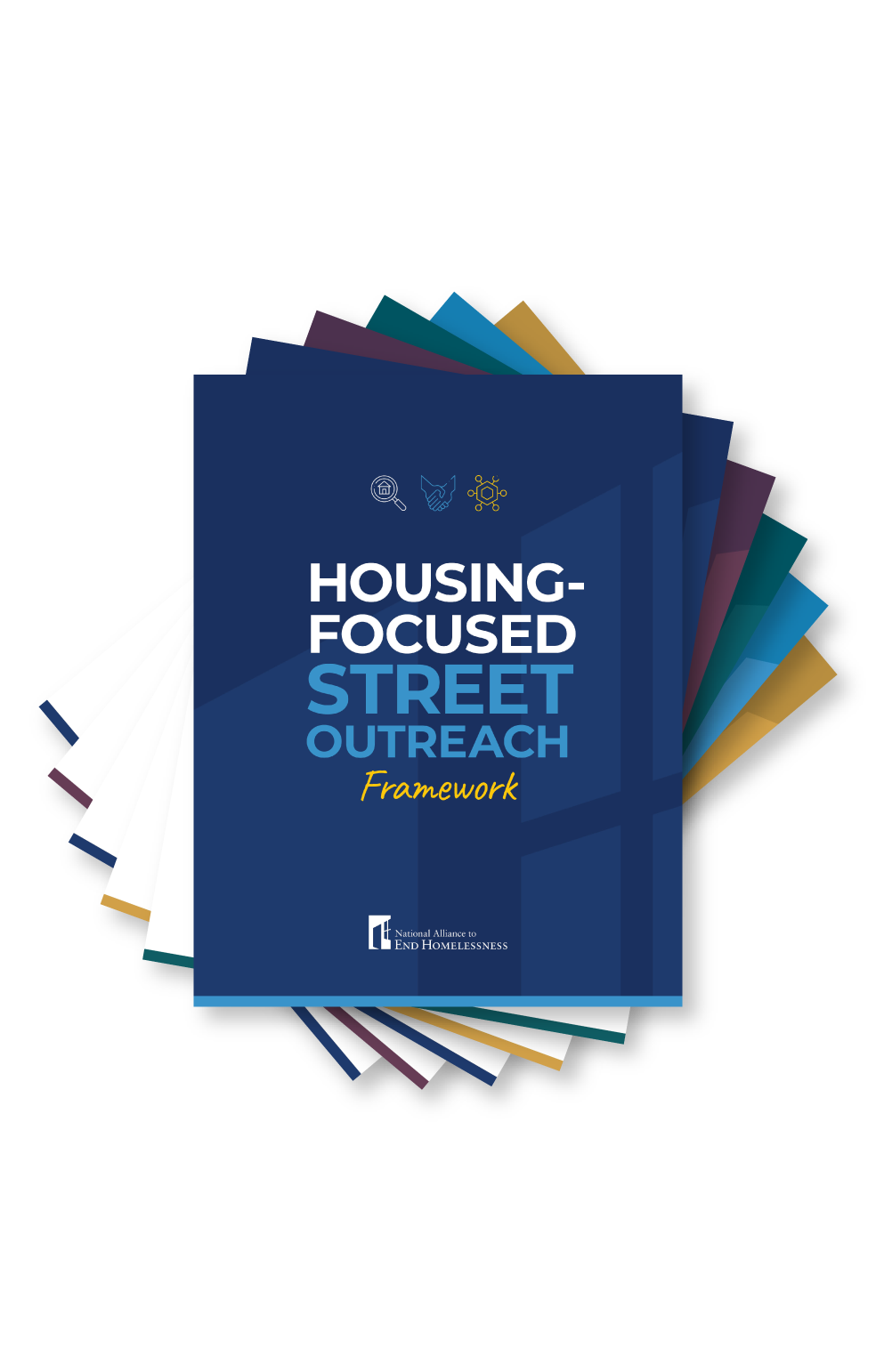Resource Audience: Program Directors and Managers
-

Alliance Resource Series: Using COVID-19 Federal Funding to End Homelessness
Federal relief funds to address the impacts of the COVID-19 pandemic provide communities with an opportunity to end homelessness for more people than ever before.
-

Data Visualization: The Evidence on Housing First
Housing First has been thoroughly studied as an effective approach to ending people’s homelessness. System leaders, advocates, policymakers, and others are encouraged to review…
-

Conducting an Unsheltered Point-in-Time Count During the COVID-19 Pandemic
Dan Treglia, PhD MPP; Daphne Chimbel BSW; Rebecca Brown, MD, MPH University of Pennsylvania…
-

Racial Equity and Emergency Shelter: Access and Outcomes
Emergency shelter is a critical component of the homeless services system. Shelters allow people experiencing homelessness to access immediate needs like sleep, food, medical care, and safety.
-

Diversion
Diversion is an intervention designed to immediately address the needs of someone who has just lost their housing and become homeless.
-

Keeping People and Pets Together
In communities around the United States, a significant number of people experiencing homelessness own pets.
-

The Alliance’s Racial Equity Network Toolkit
In 2018, the Alliance formed a Racial Equity Network (REN) of local and state systems and program leaders and advocates to inspire more engagement about best practices, data collection, and action steps at the systems level.
-

Funding for Youth Rapid Re-Housing Has Grown 20x Since 2014
Thanks to the leadership of innovative youth RRH providers and the advocacy of young people themselves, communities are embracing Housing First and rapid re-housing (RRH) to end youth…
-

How to Get Your Board Ready for the Shift to Low-Barrier, Housing-Focused Shelter
Making the shift to Housing First, low-barrier, and housing-focused shelter practices can be both exciting and scary, especially for your Board of Directors.
-

Key Takeaways: The Role of Emergency Shelter in Diversion
To effectively respond to homelessness, communities should be able to help residents maintain or regain housing without having to enter emergency shelter.










